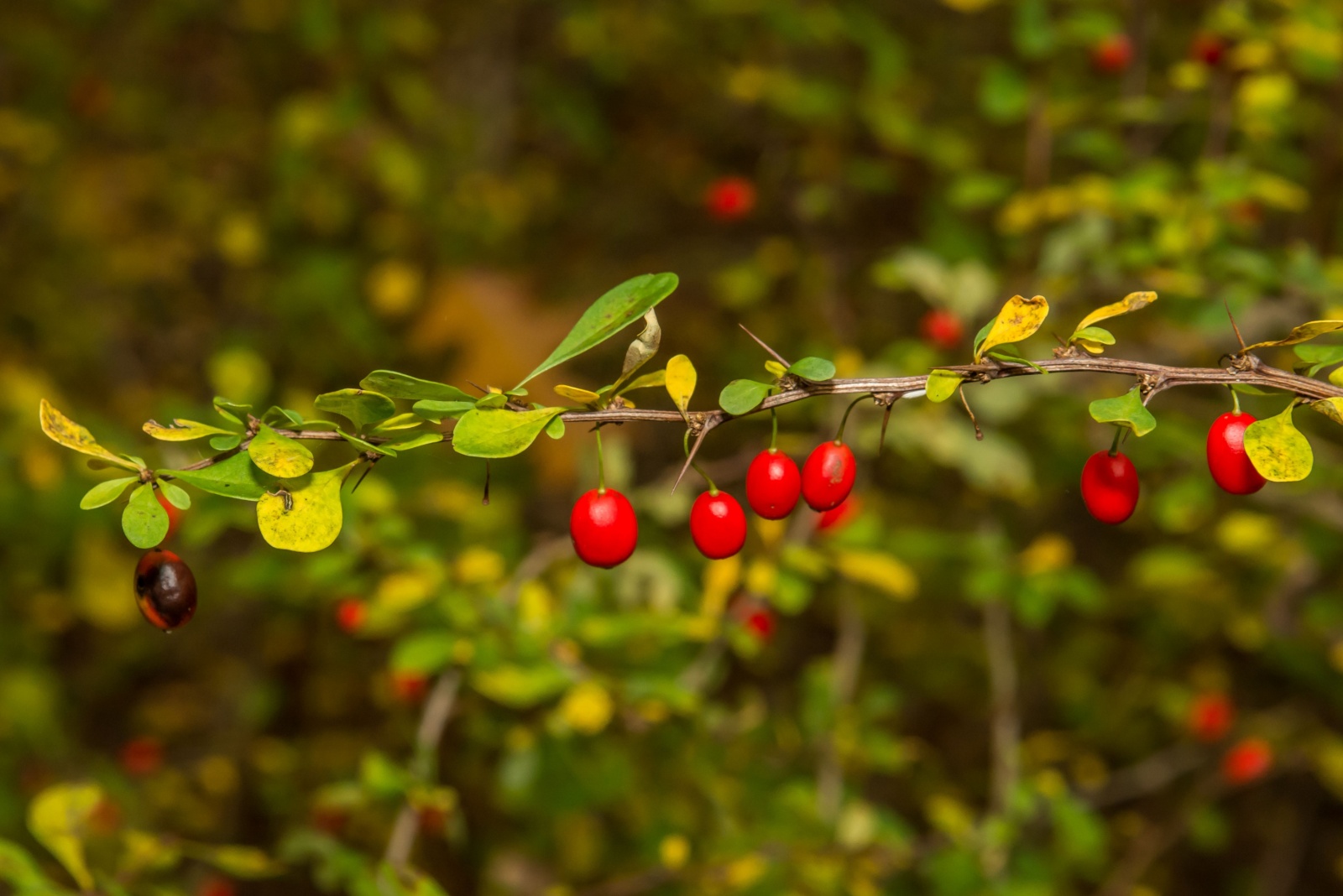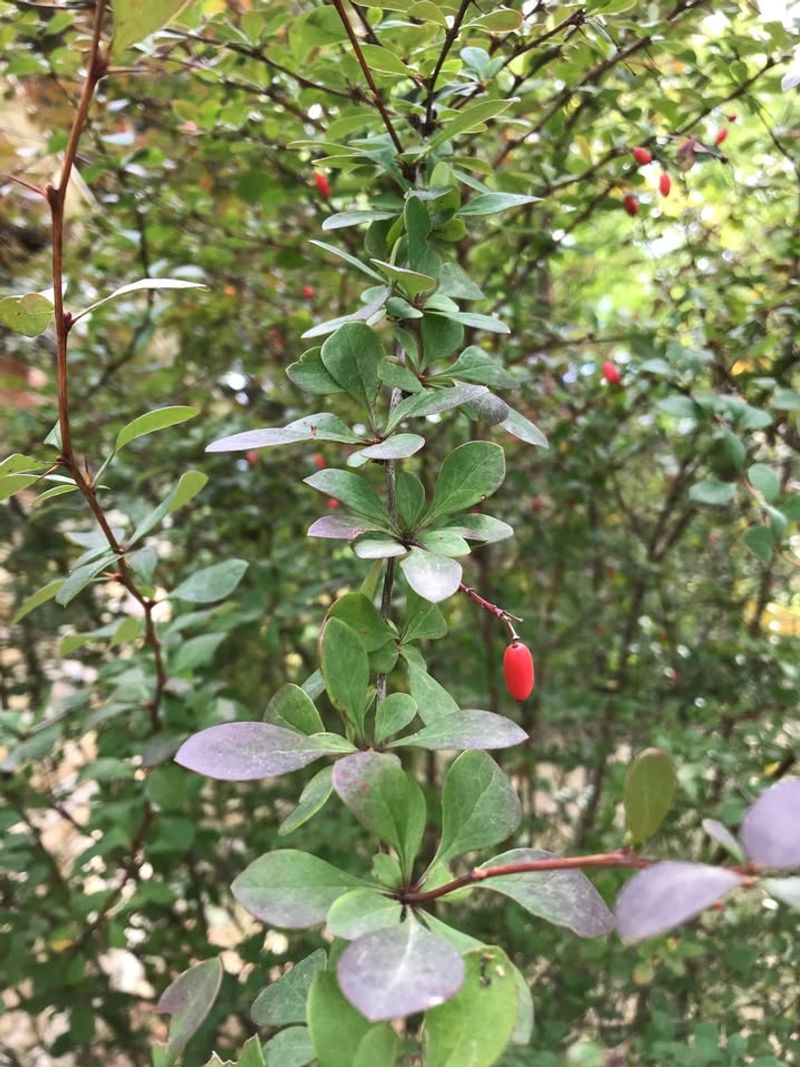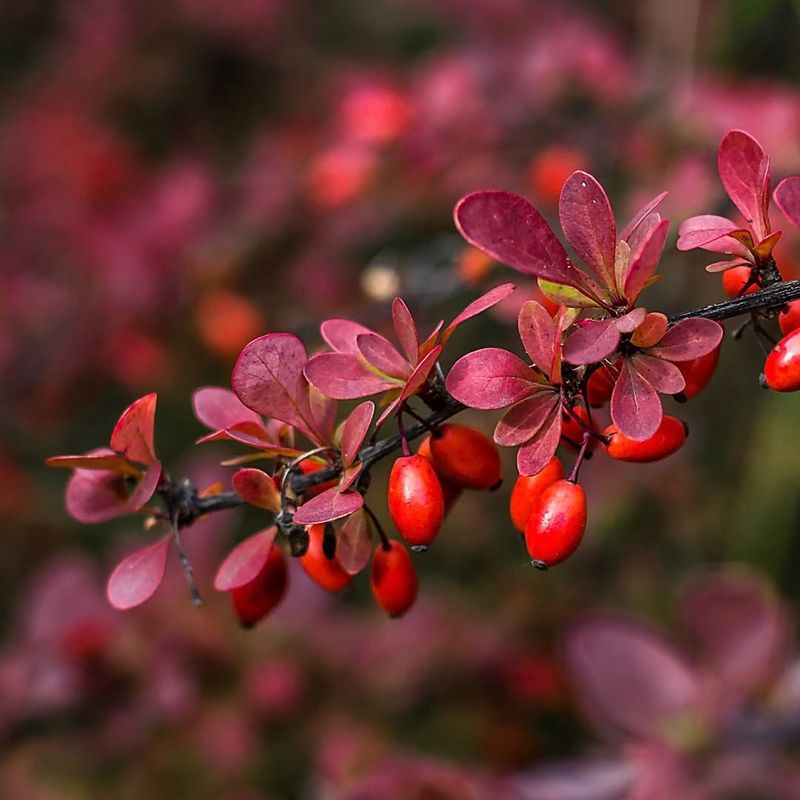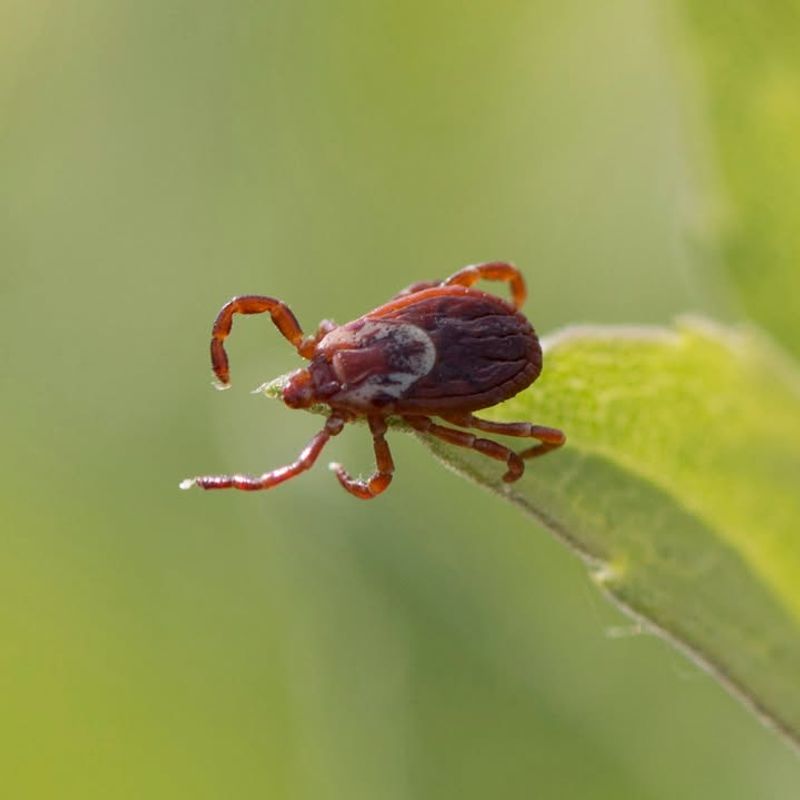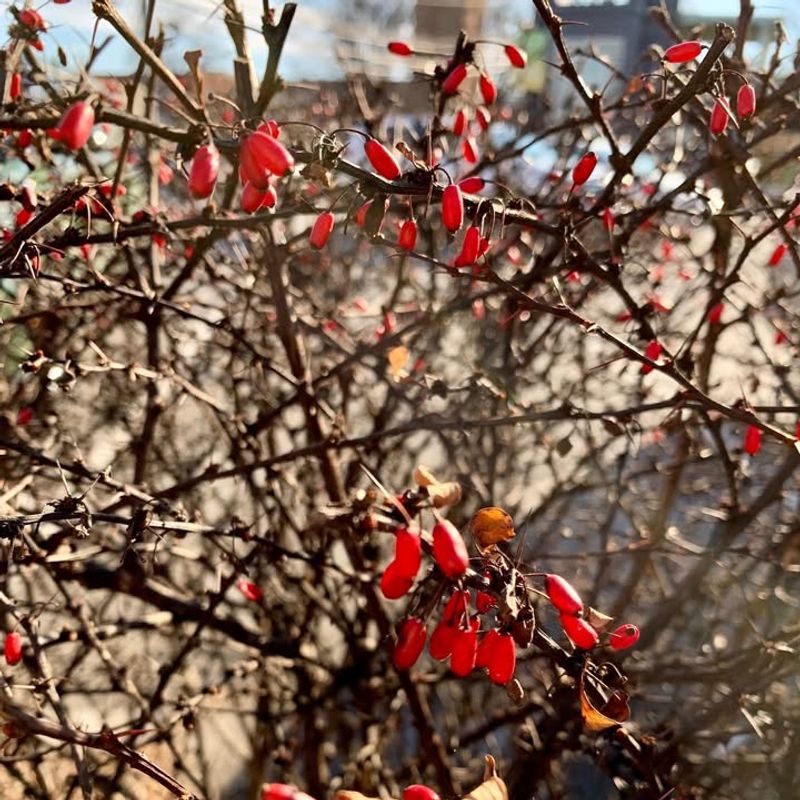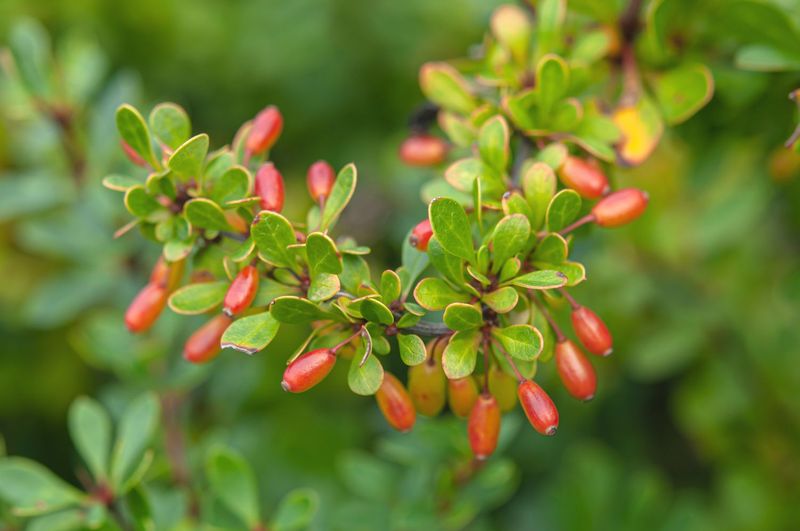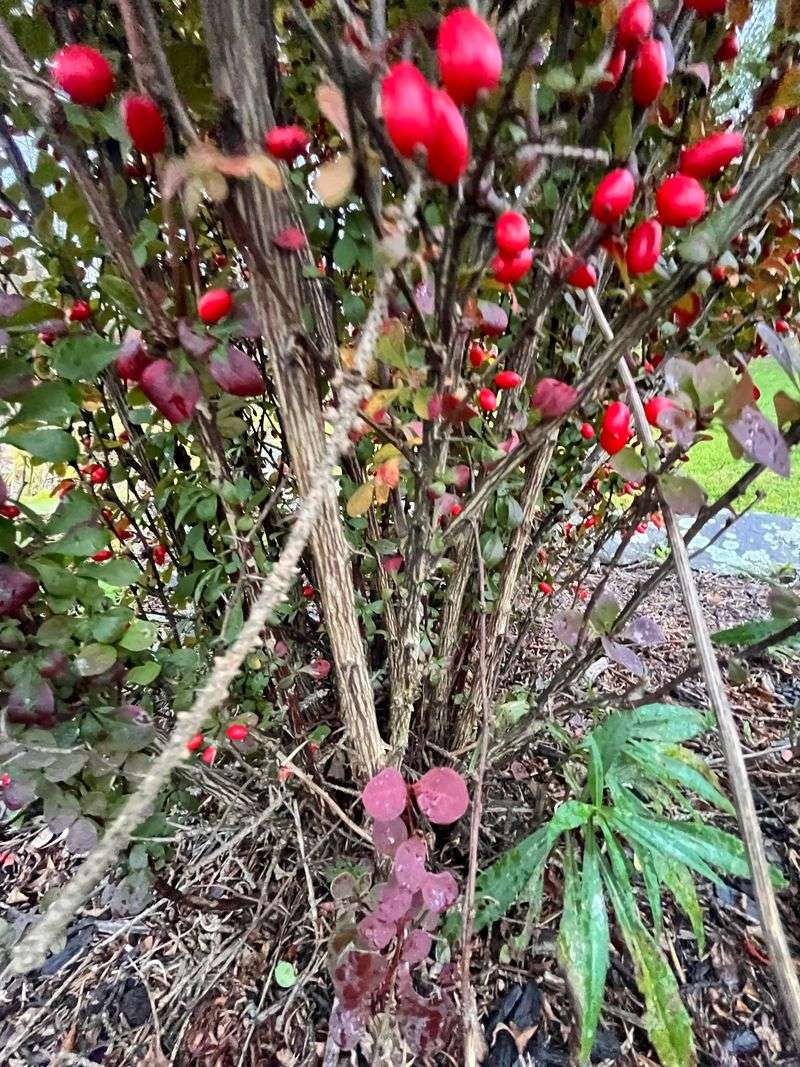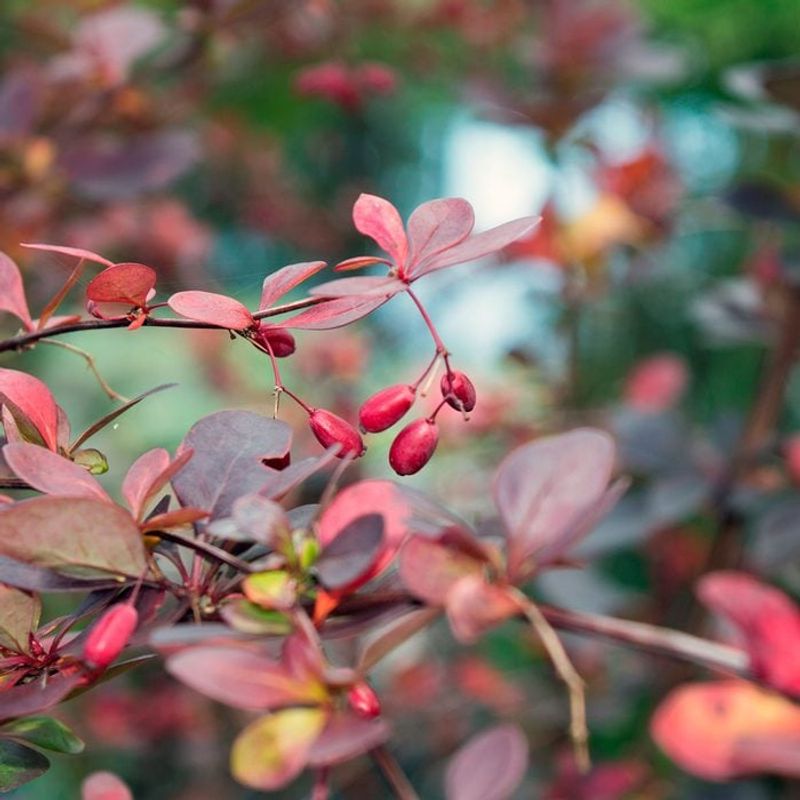Texas pet owners face enough challenges keeping their furry friends safe from pests without adding tick magnets to their yards. Japanese barberry might look like an attractive ornamental shrub with its vibrant foliage and hardy nature, but it harbors a dangerous secret.
This invasive plant creates the perfect environment for ticks to thrive, putting both pets and families at risk for Lyme disease and other tick-borne illnesses.
1. Creates Microclimate Ticks Absolutely Love
Japanese barberry retains humidity beneath its dense canopy, creating a tick paradise where these parasites can survive even during Texas heat waves. The moist environment under these shrubs allows ticks to avoid desiccation when temperatures soar.
Scientists have found areas with barberry have 120% more ticks than areas without it. The plant’s structure offers the perfect humidity level—around 80%—which ticks need to complete their life cycle.
Your yard essentially becomes tick headquarters when barberry is present, putting your pets at constant risk during outdoor playtime.
2. Hosts Massive Mice Populations That Carry Ticks
White-footed mice, notorious tick carriers, absolutely love nesting beneath barberry shrubs. These rodents are primary hosts for tick larvae, which feed on the mice before dropping off to develop into nymphs that will eventually target your pets.
Research shows barberry-infested areas can support three times more mice than barberry-free zones. Each mouse might carry dozens of ticks, exponentially increasing the tick population in your Texas yard.
Unlike native plants, barberry creates the perfect storm of protection and humidity that mice seek for nesting sites.
3. Thorny Structure Transfers Ticks To Pets
The barberry’s thorny branches act like tick delivery systems to your pets’ fur. When dogs or cats brush against these spiny shrubs, ticks easily transfer from plant to animal, finding new hosts without effort.
Sharp thorns covering barberry stems can cause small wounds on curious pets, creating entry points for infections. Your pet’s natural curiosity becomes a liability when these tick-laden plants line your garden paths.
Many Texas pet owners don’t realize the connection until they’ve already found multiple ticks on their animals after garden exploration.
4. Invasive Nature Crowds Out Safer Plants
Japanese barberry aggressively spreads throughout Texas landscapes, pushing out native plants that support healthier ecosystems. Birds eat the berries and spread seeds far beyond your original planting, creating new tick hotspots across neighborhoods.
Native Texas shrubs typically host fewer ticks and don’t create the same humid conditions ticks require. When barberry takes over, it replaces these safer alternatives with its tick-friendly structure.
A single barberry can produce thousands of seeds annually, making containment nearly impossible once established in your yard.
5. Berries Attract Birds That Drop Tick-Infested Seeds
Bright red berries lure birds to feast, but this seemingly innocent wildlife interaction has consequences. Birds consume berries and deposit seeds throughout your property and beyond, creating new barberry colonies and expanding tick territory.
Each berry-eating visitor potentially carries ticks themselves, increasing the chance of dropping these parasites near your home. The cycle perpetuates as birds return to established plants year after year.
Many Texas gardeners don’t realize they’re establishing a tick superhighway by planting just one barberry bush.
6. Year-Round Habitat In Texas Climate
Unlike deciduous natives that lose dense coverage in winter, barberry maintains its structure year-round in Texas’s mild climate. This persistent shelter means ticks never have to relocate, establishing permanent colonies that grow larger each season.
Texas winters rarely get cold enough to kill off tick populations sheltering in barberry thickets. The plant’s evergreen nature in warmer zones creates a perpetual tick sanctuary that never experiences a reset period.
Without the natural die-back that controls tick populations around other plants, barberry becomes tick central all year long.
7. Difficult Removal Creates Persistent Problems
Once established, barberry develops extensive root systems that make complete removal challenging for Texas gardeners. Incomplete removal leaves root fragments that regenerate, continuing the tick problem despite your best efforts.
The thorny structure makes handling dangerous, often requiring professional removal that can be costly. Many pet owners give up the fight, leaving these tick magnets in place rather than dealing with the painful removal process.
Native alternatives like Texas sage or agarita offer similar benefits without the tick-attracting downsides and are much easier to manage in the landscape.

